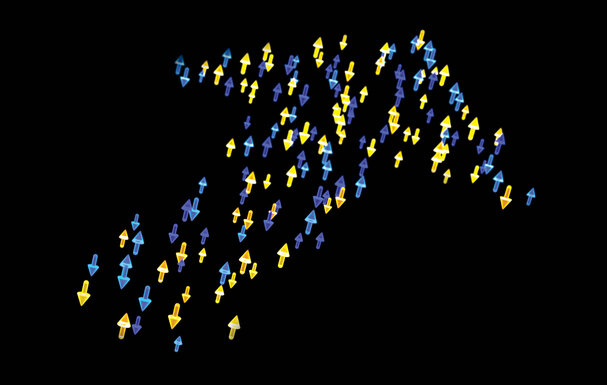
Credit: Tanner Maxwell
Nature Index Annual Tables 2020: Measures of merit
With the release of the Nature Index 2020 Annual Tables, we celebrate the institutions and countries producing high-quality research in the natural sciences.
30 April 2020

Tanner Maxwell
As clinicians, world leaders and policymakers race to respond to the coronavirus pandemic, publication speed and transparency have never been more important. Research will inform how we overcome these unprecedented challenges.
With the release of the Nature Index 2020 Annual Tables, we celebrate the institutions and countries producing high-quality natural-sciences research. Our metric, Share, formerly referred to as Fractional Count (FC), is based on an institution’s or country’s contribution to articles published in 82 journals tracked by the Nature Index database.
These journals were selected by committees of 58 leading researchers in the natural sciences, who were asked to nominate the journals in which they would most like to publish their best work. Their deliberations were validated by a survey of more than 6,000 scientists worldwide.
Although the Nature Index Annual Tables compare institutions and countries based on counts of their research outputs in Nature Index journals, our measures alone do not tell the whole story.
We recognize, in line with the San Francisco Declaration on Research Assessment, that outputs from scientific research include not only journal articles, but data, software, intellectual property and highly trained young scientists. We encourage readers to weigh Nature Index data alongside information from other sources when considering research quality and institutional performance.
In the Nature Index 2020 Annual Tables, we see strong performances from institutions with considerable funding and reputation, such as the Chinese Academy of Sciences, Harvard University and the Max Planck Society.
There are surprises, too, as the University of Science and Technology of China (USTC) enters the top ten in 8th position, rising from 17th in the 2019 Annual Tables, with a 25.58% increase in adjusted Share in the Nature Index. In the Rising Stars table, which tracks an institution’s growth in output from 2015 to 2019, USTC is second only to the University of Chinese Academy of Sciences, which achieved a 242% increase in adjusted Share.
This story is part of Nature Index 2020 Annual Tables. See more stories here.
For a description of the terminology and methodology used in this supplement, please see our guidelines here.
Editor’s note: The Nature Index is one indicator of institutional research performance. The metrics of Count and Share used to order Nature Index listings are based on an institution’s or country’s publication output in 82 natural-science journals, selected on reputation by an independent panel of leading scientists in their fields. Nature Index recognizes that many other factors must be taken into account when considering research quality and institutional performance; Nature Index metrics alone should not be used to assess institutions or individuals. Nature Index data and methods are transparent and available under a creative commons licence at natureindex.com.
